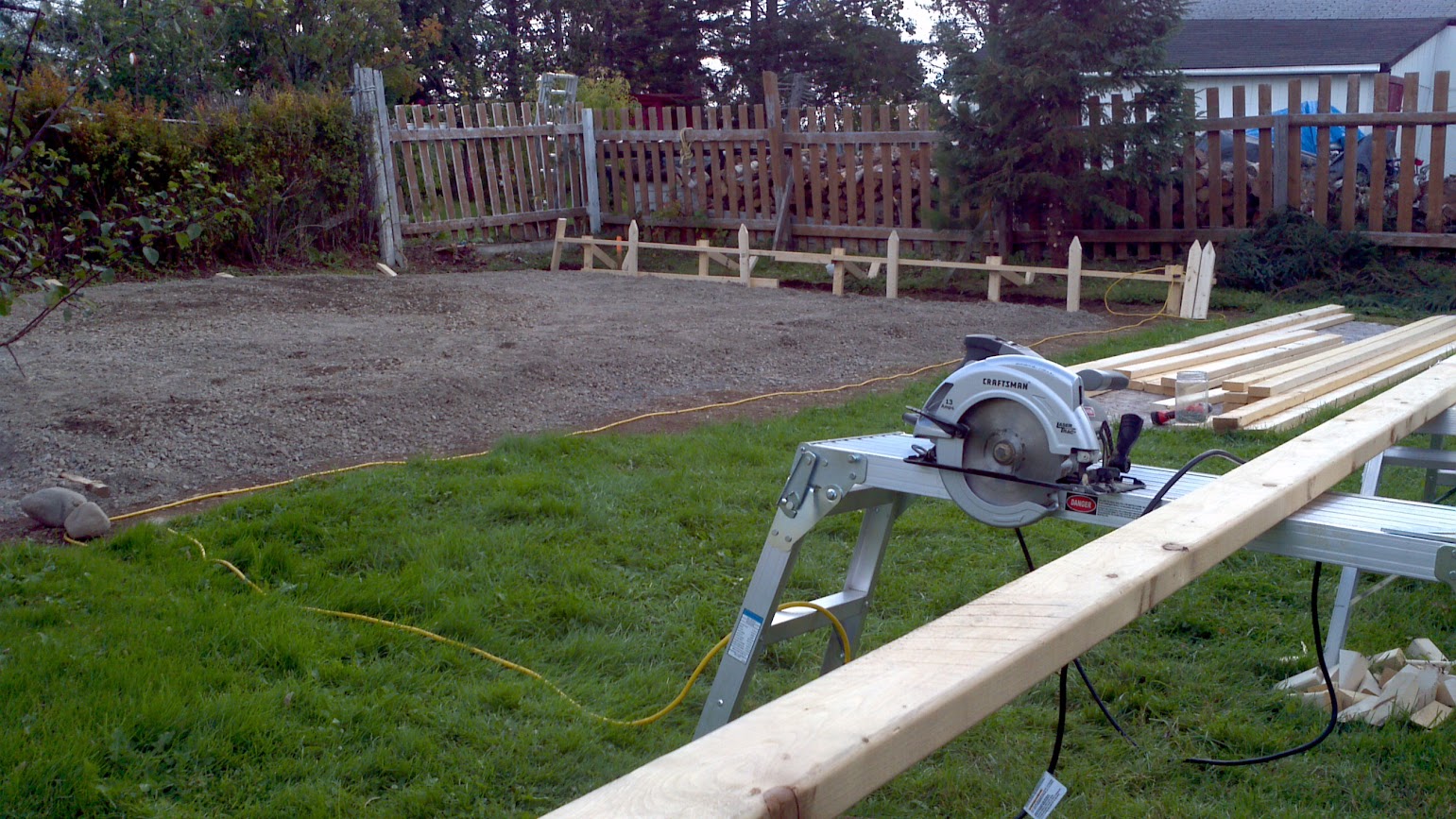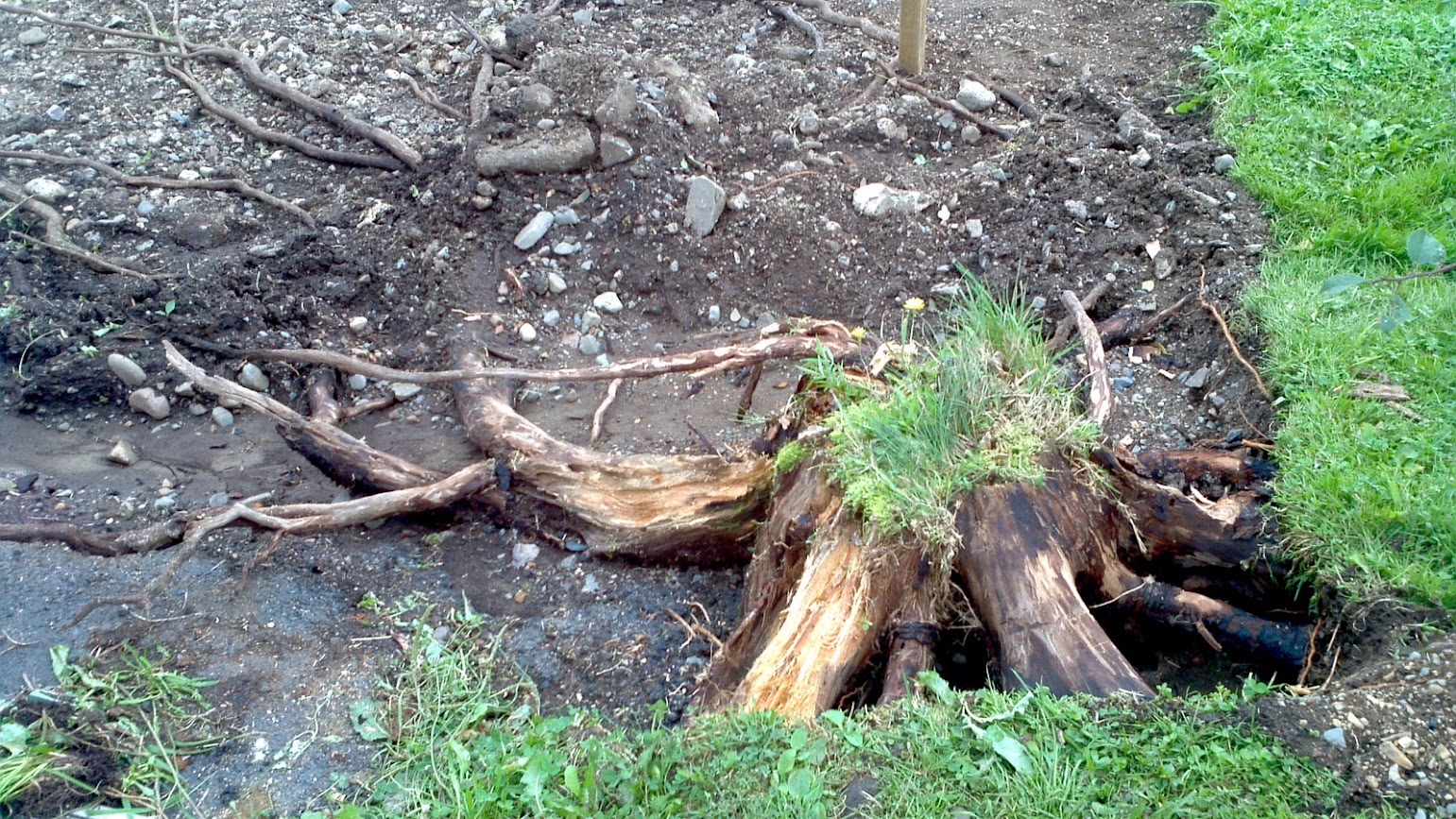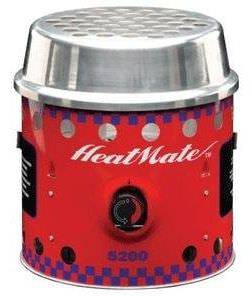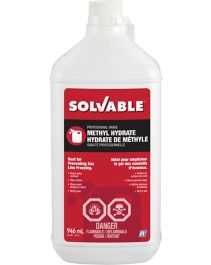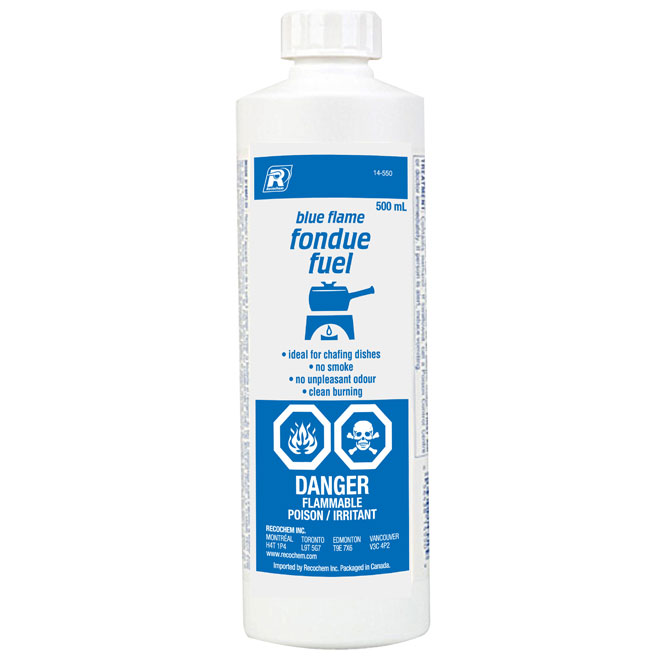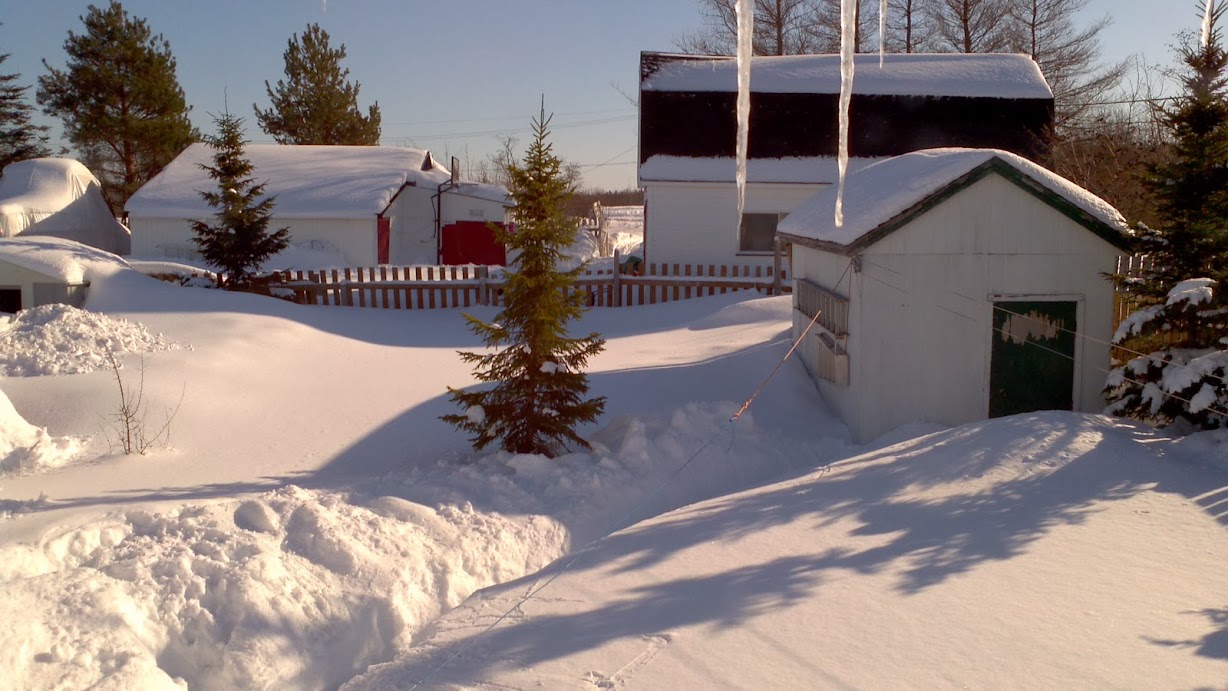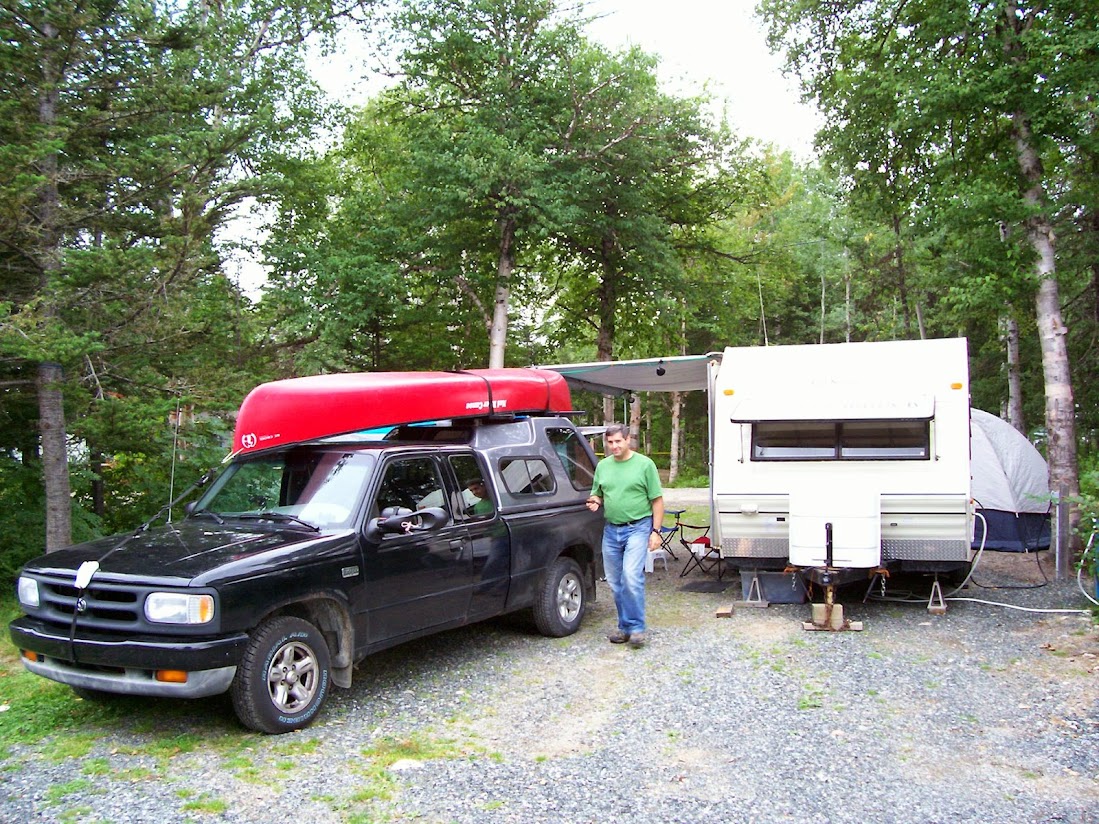In 2012 I was able to go for my first motorcycle ride of the year on April 10. For 2013 it happened on March 14. On March 8, 2014, however, the motorcycle was locked in snow and ice inside the bike shed. The waters from a January thaw had accumulated inside the structure, and a couple inches of ice formed when the temperatures dropped again. I wasn't going to break any early season riding records this year.
 |
| March 8, 2014 |
By April 4 the temperatures were improving, and there were signs of melting some days inside the bike shed. There was still a lot of ice in there, and a lot of snow packed around the building, so I started clearing that away. My bicycle was able to be pulled free.
 |
| April 4, 2014 |
On April 16 enough of the ice had melted to pull the cover away from the motorcycle, and roll it outside. It needed the seats reattached, tire pressures checked, and the oil changed before and serious riding could be done, but it was now mobile.
 |
| April 16, 2014 |
There were also many things still encased in ice inside the shed, so there was work to do in there. The best I could do was give the bike a quick wash, before putting it away again.
 |
| April 16, 2014 |
Good Friday, April 18, was not the warmest of days, at less than 10ºC, but pleasant enough for working outside. I decided it was a good time to change the oil. The bike was moved outside to a location mostly out of the breeze, and in the sun. Going through my inventory in the shed, I found the 4L of motorcycle oil and the filter. These items were purchased while on sale last summer and set aside until they are needed.
The filter box was damp, but so was most everything else stored there. Upon removing it, however, I discovered that it must have been under water at some point, as there was definitely a sloshing liquid sound coming from inside it. I decided that it was not a good idea to use it, so the oil change would have to wait until I could pick up another one.
The tires still needed air. I could have gotten out a pump or compressor and done that at home, but it was too nice a day. A gasbar just up the road was where I often went to top up tires, and it was an excuse for a ride.
The first time driving the bike after a few months away from it, I like to do on the streets close to home. This is a safe way to practice changing gears, signalling, braking counter-steering, and so on. I also wanted to go by my buddy Peter's house to see if his bike was in the driveway, it wasn't.
Arriving back home, I made sure I had a tire gauge, before venturing off on Main Street. The gasbar was on my left, so I went up as far as the mall at the south end of town to turn around. After topping up the tires, I turned right, and made my way to the marina to see how the expansion was coming along. The lot was rough and muddy, so I didn't explore very much. Turning right again I toured some streets on the north end of town.
Back on Main Street again, I stopped for a few minutes to visit my friend Byron. He doesn't have his motorcycle on the road yet, but is getting anxious to be riding again too. From there I went along a few more side streets and eventually back home again. Getting that air took over an hour, and I didn't see any other motorcycles on the road. Practising "the wave" will have to be done another time.
I should have taken a picture to commerate the first ride of the year, but since I didn't, you'll have to settle for this blog post about it, and remember that it took place on April 18, 2014.






